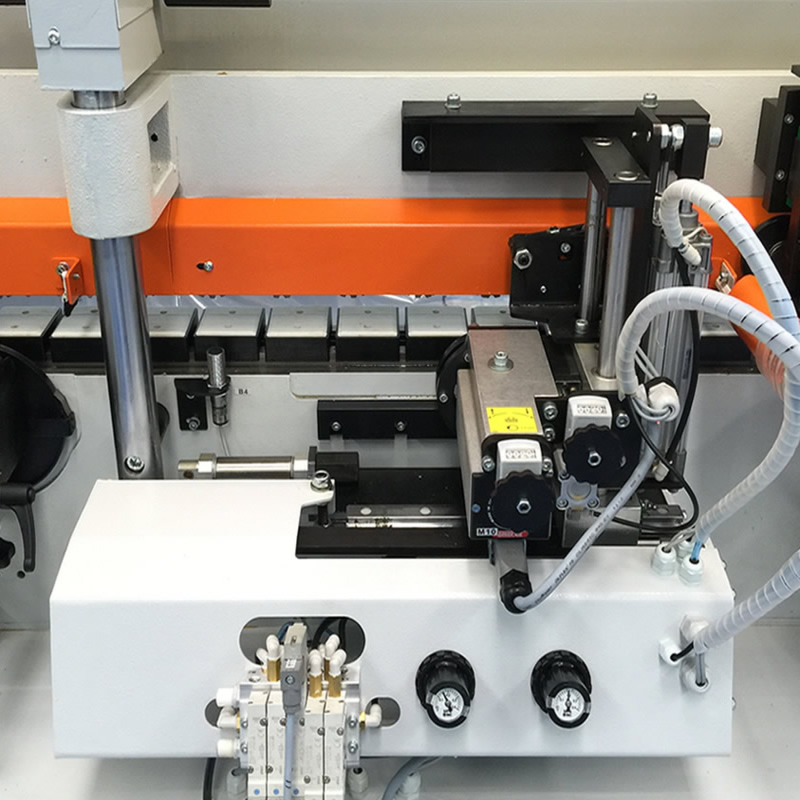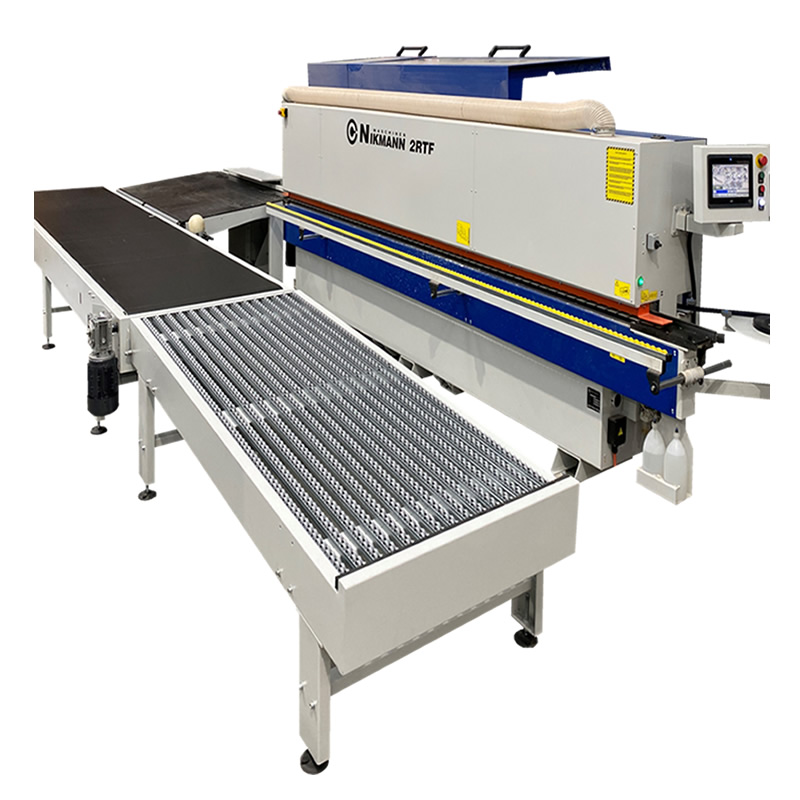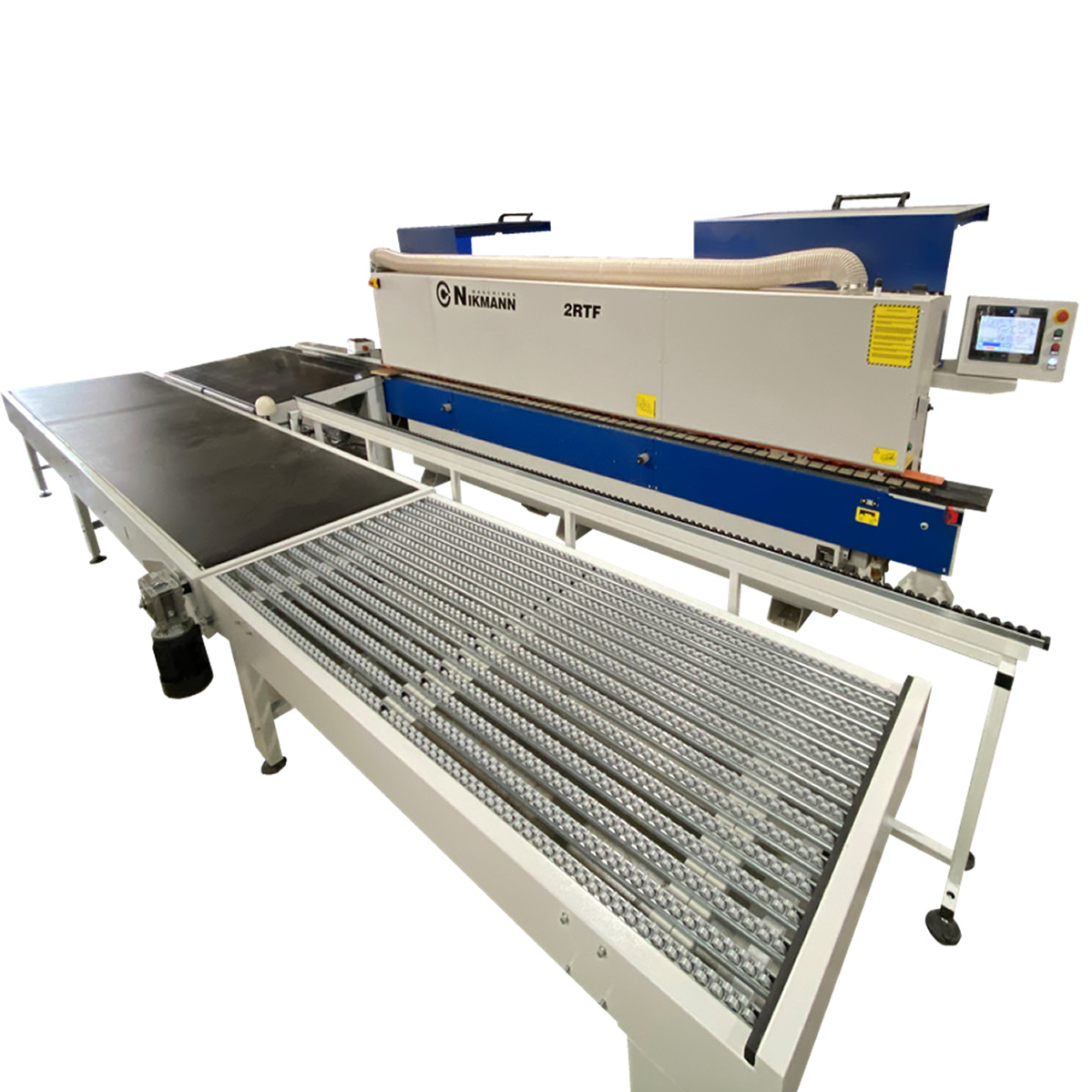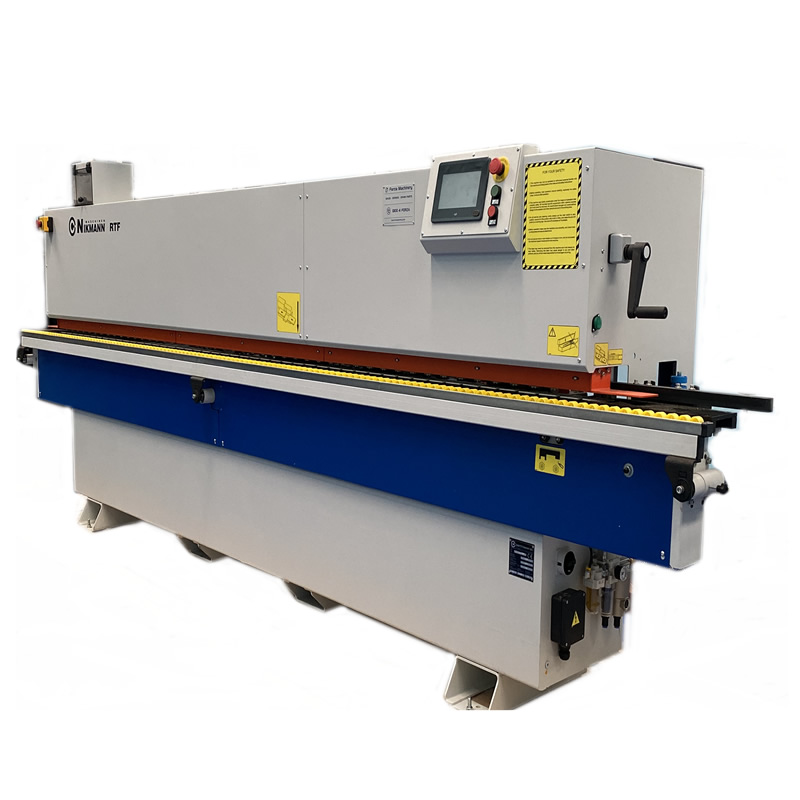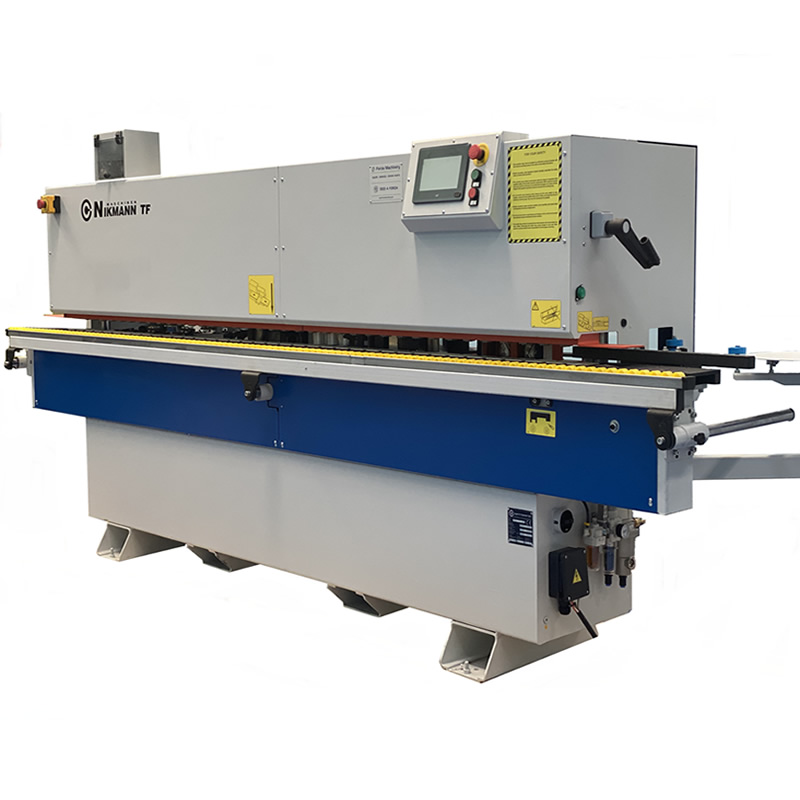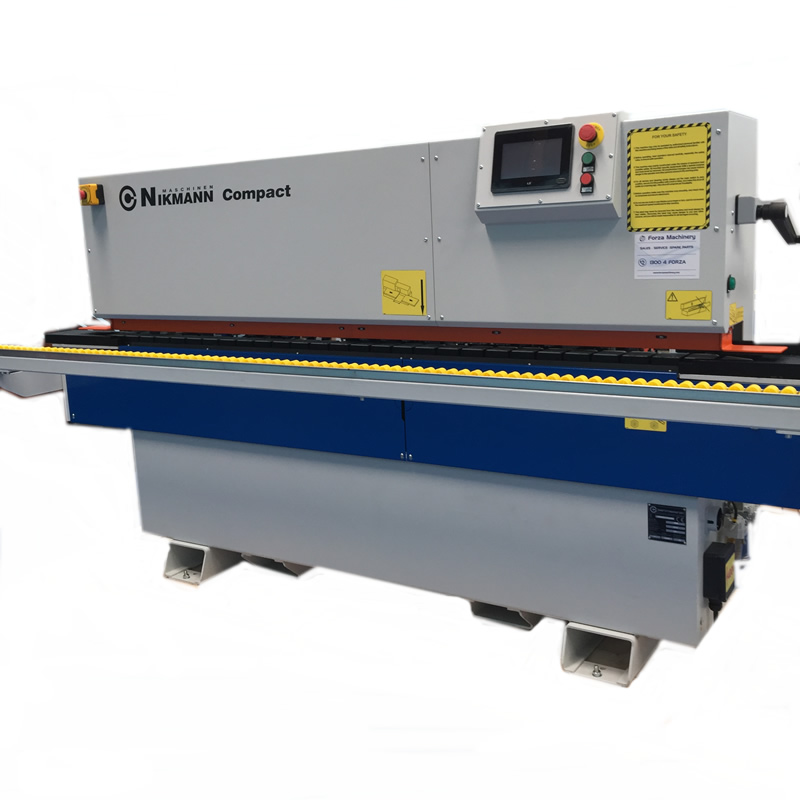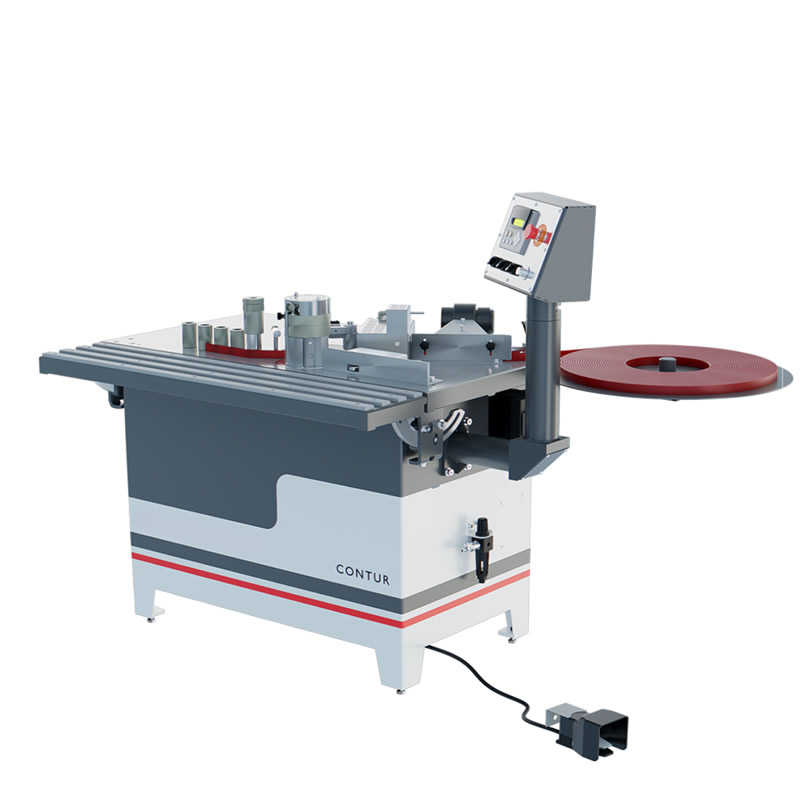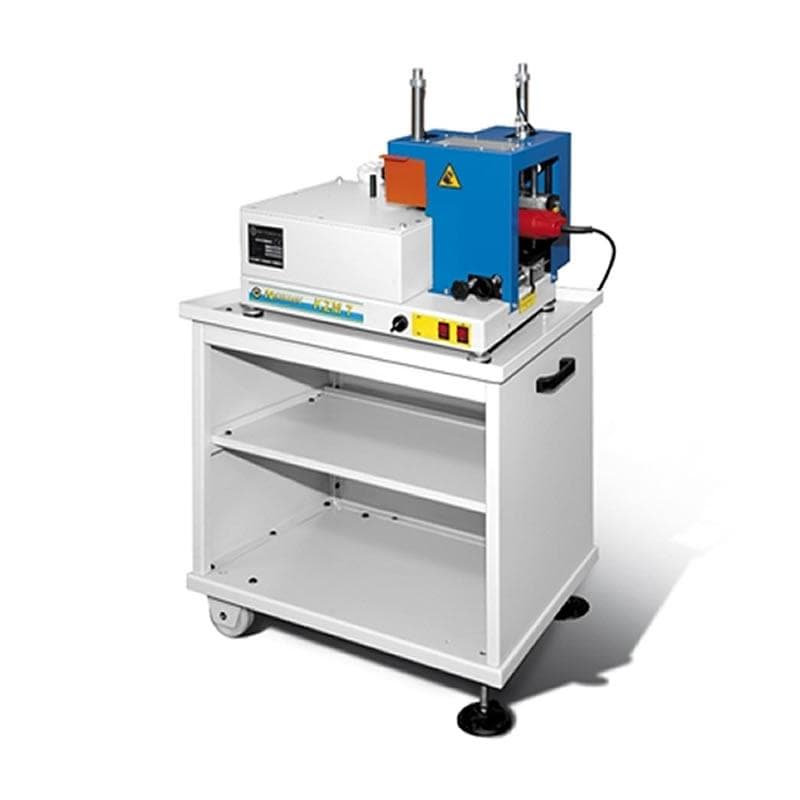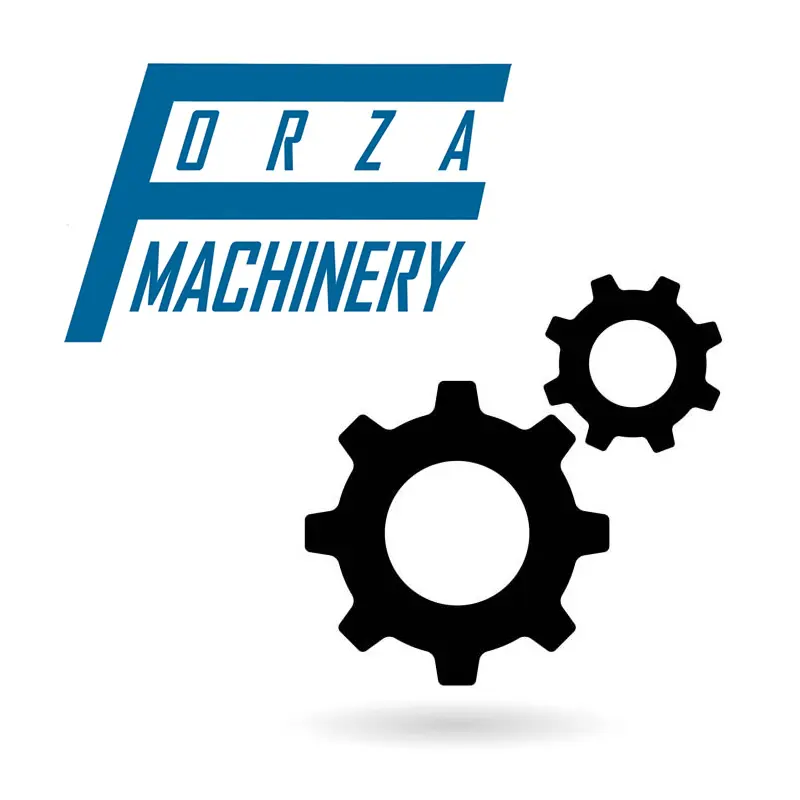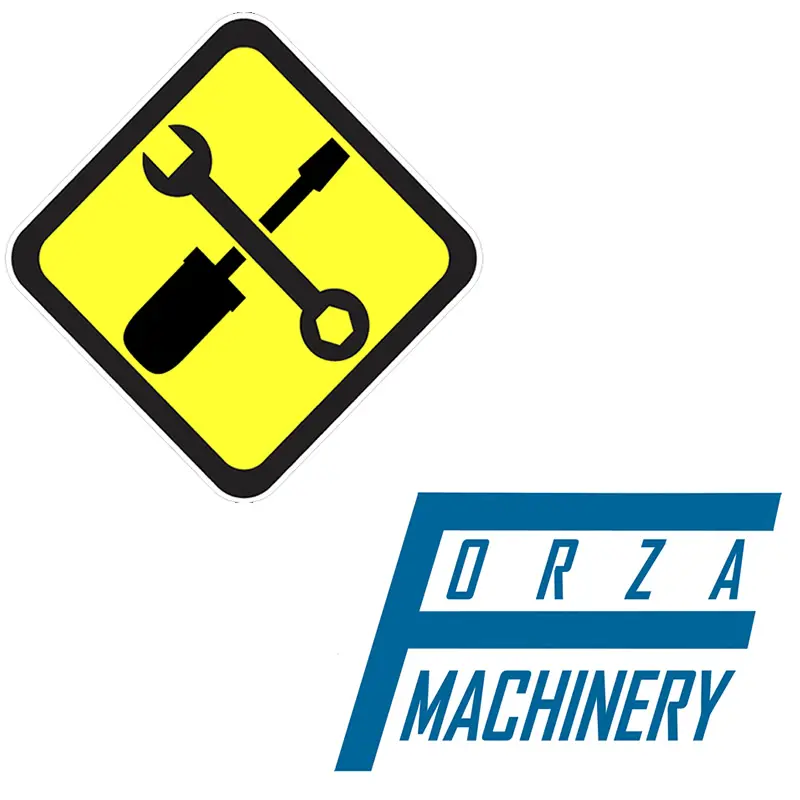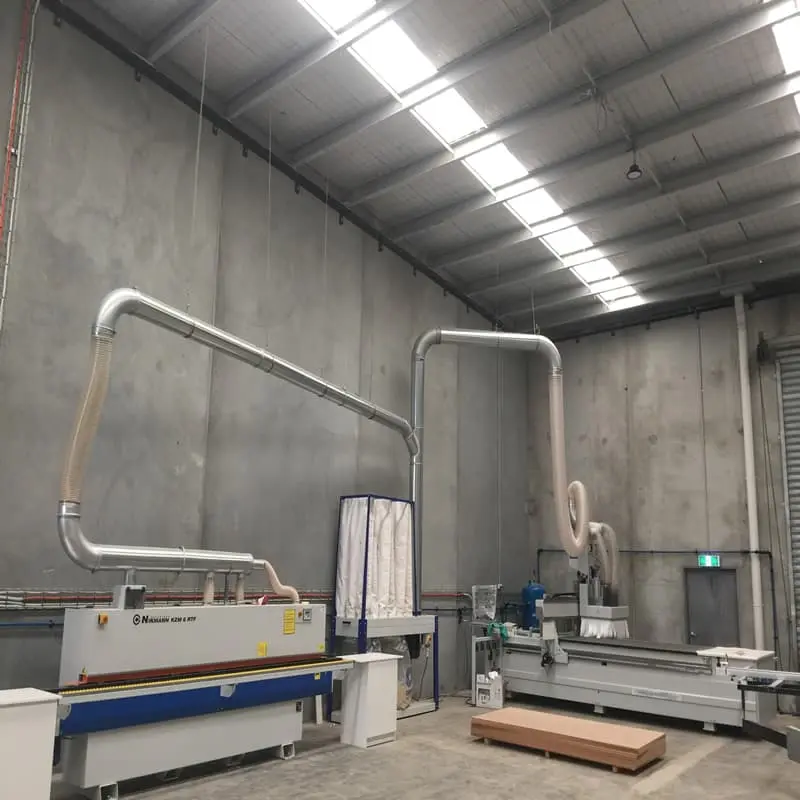IMPROPER TOOLING SETUP: If the corner rounder's cutting tools are not set up correctly, they might be positioned too aggressively or not aligned properly with the panel edge. This misalignment can cause the tools to cut into the front part of the panel instead of just rounding the corner.
TOOL WEAR OR DAMAGE: Over time, the cutting tools of the corner rounder can become dull or damaged. This can lead to erratic cutting behavior where the tool does not smoothly round the corner but instead causes damage to the panel surface.
MATERIAL HANDLING ISSUES: Sometimes, if the panel is not properly supported or positioned during the corner rounding process, it can shift or move unexpectedly. This movement can cause the corner rounder to engage with the panel in an unintended way, resulting in damage to the front part of the panel.
MACHINE CALIBRATION PROBLEMS: Incorrect machine calibration, such as incorrect feed speed, depth settings, or pressure settings, can also contribute to the corner rounder malfunctioning. For example, if the feed speed is too high or the pressure is uneven, it can cause the tool to cut too deeply into the panel.
PANEL QUALITY AND THICKNESS: The type and thickness of the panel material being processed can also affect the performance of the corner rounder. Different materials may require adjustments to the tooling and machine settings to ensure proper rounding without damage.
To address these issues, you may need to:
INSPECT AND MAINTAIN TOOLS: Regularly inspect the corner rounder tools for wear and damage, and replace them as necessary.
CHECK MACHINE SETTINGS: Ensure that the machine settings, including feed speed, depth of cut, and pressure, are correctly calibrated for the type of panel material being used.
VERIFY MATERIAL HANDLING: Improve panel support and positioning to minimize movement during the corner rounding process.
REVIEW OPERATOR TRAINING: Ensure that operators are properly trained to set up and operate the corner rounder according to manufacturer guidelines.

